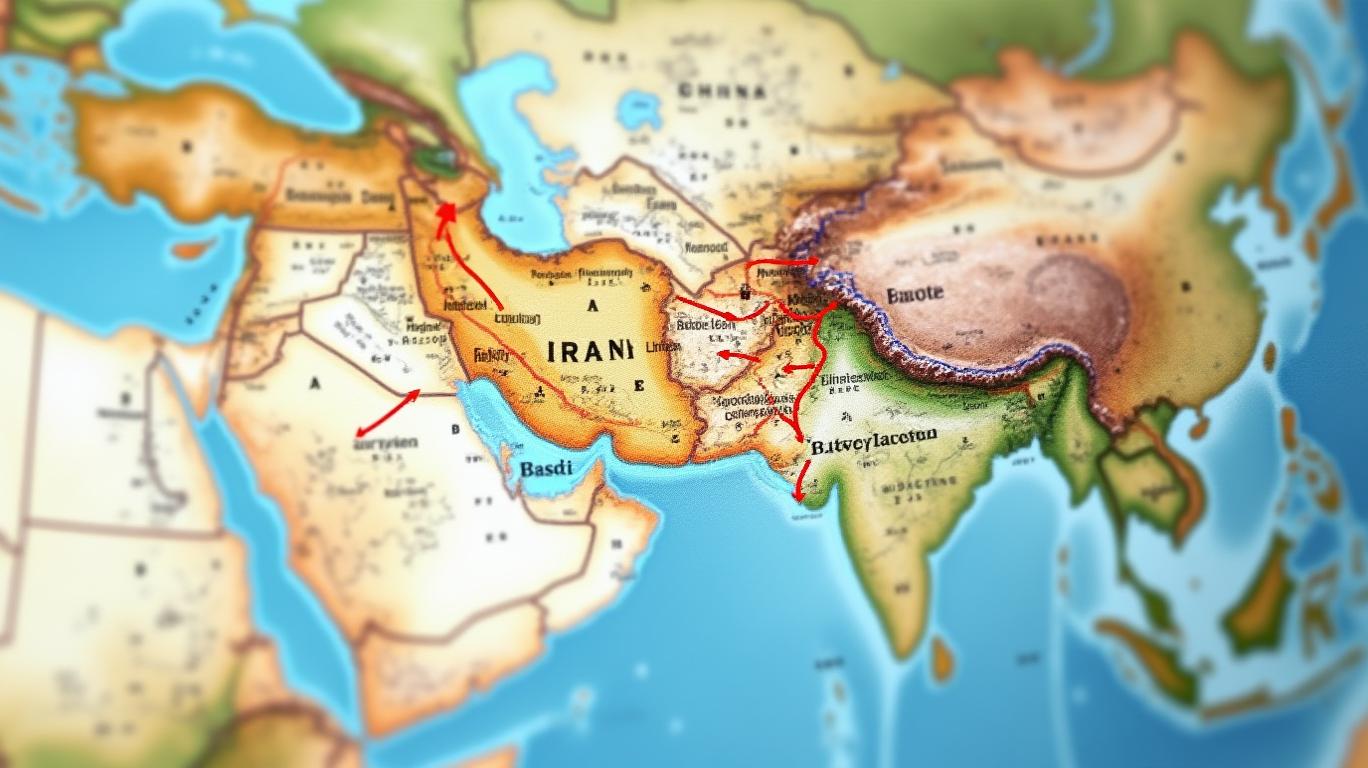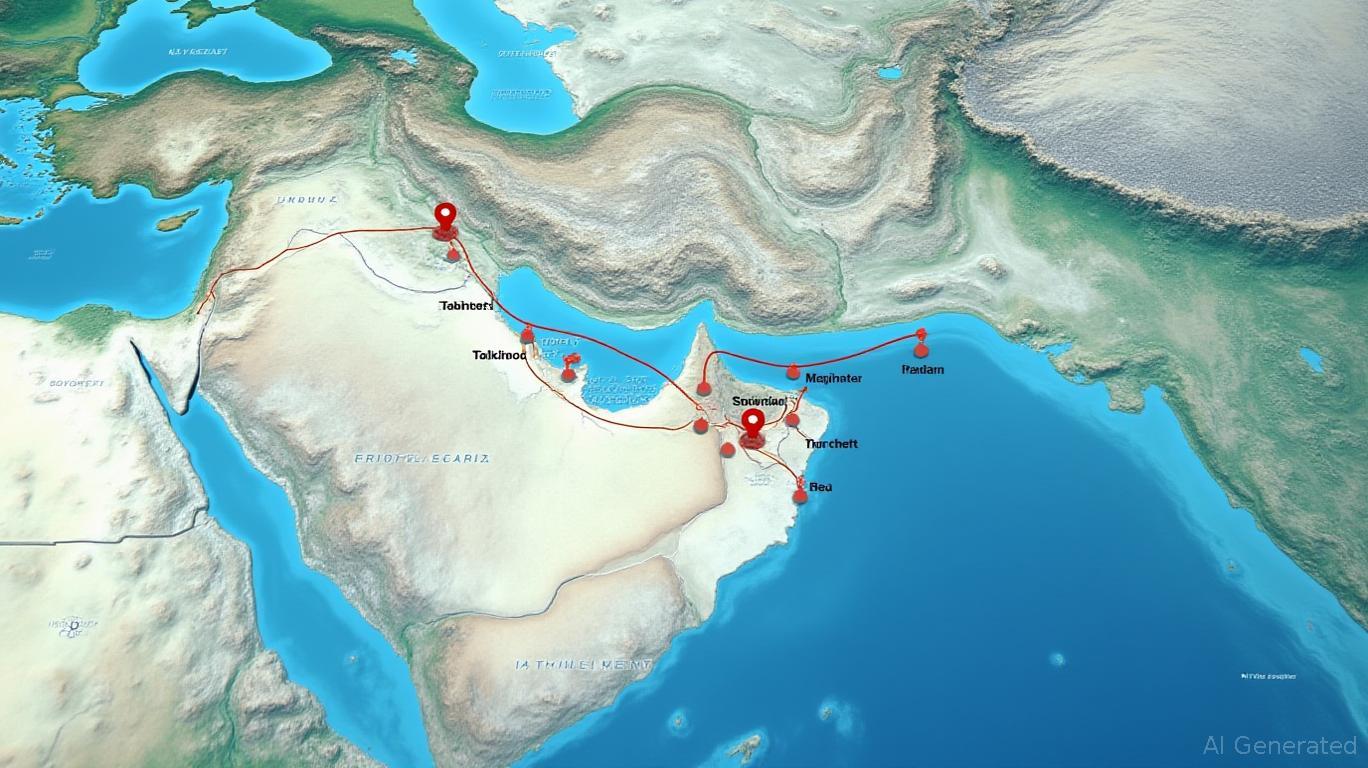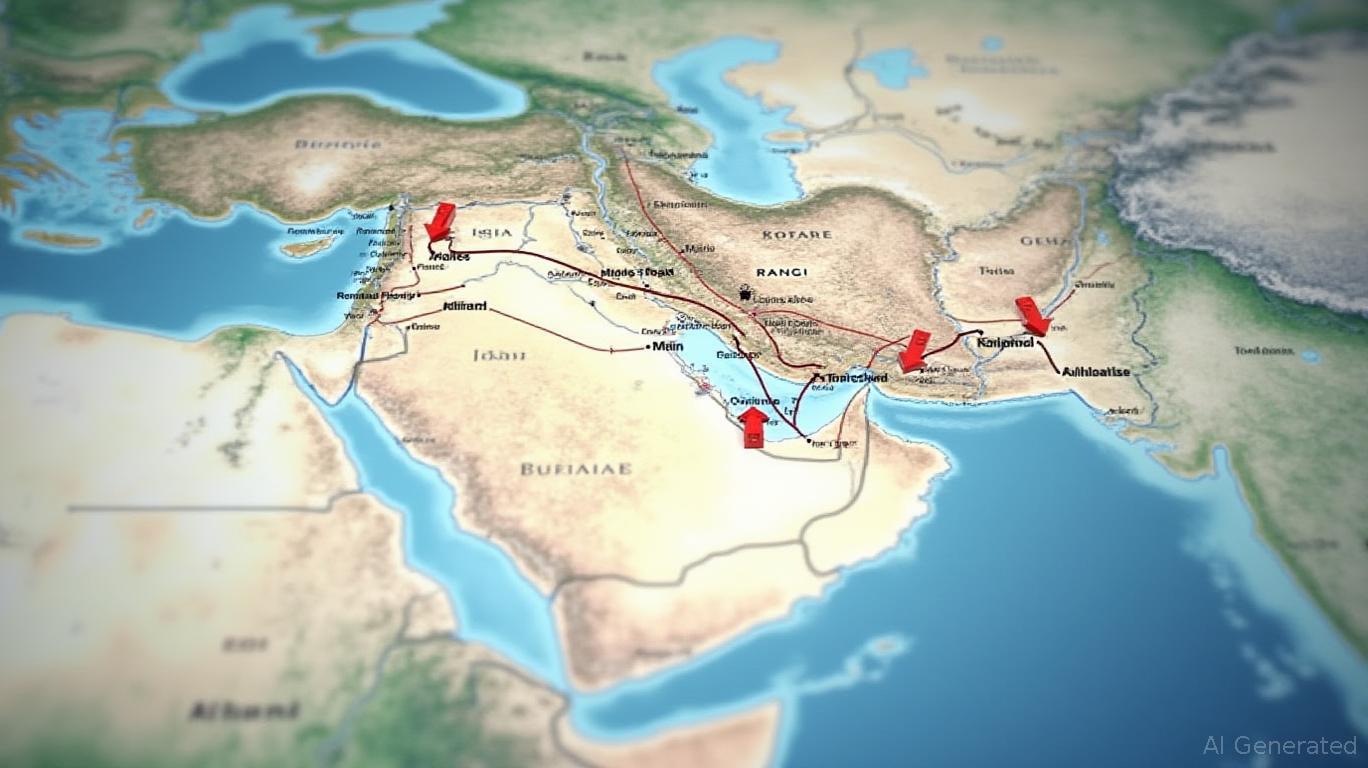The Iran Nuclear Talks: A Geopolitical Gamble with Massive Market Implications
The Iran-U.S. nuclear talks in Oman have reached a pivotal moment—one that could redefine global energy markets, geopolitical alliances, and corporate profitability. After weeks of indirect negotiations, the two sides remain locked in a high-stakes game of give-and-take, with no final agreement yet in sight. Investors, take note: this is not just a diplomatic dance but a financial one too. Let’s break down the risks and rewards.
Ask Aime: How will the Iran-U.S. nuclear talks impact the stock market?

The Energy Sector: A Rollercoaster of Oil Prices
The most immediate market impact hinges on one question: Will Iran’s oil flood the global market? If a deal is struck, sanctions relief could unleash up to 500,000 barrels per day of Iranian crude, potentially dropping oil prices by 10–15%. But if talks collapse, tensions could spike prices back to $90+/barrel—a nightmare for airlines, shippers, and consumers.
The data shows that when U.S.-Iran tensions eased in 2016 under the original JCPOA, oil prices fell from $50 to $30/barrel. Today, with global supply tight and demand rebounding, even a partial deal could depress prices further. For investors, this means shorting oil ETFs like USO or hedging with energy stocks like Exxon (XOM) or Chevron (CVX) that benefit from stable, lower prices.
Financials: Banks on the Brink of a Sanctions Windfall—or a Compliance Quagmire
U.S. banks like JPMorgan (JPM) and Citigroup (C) are watching closely. If sanctions are lifted, they could finally access Iran’s $500 billion economy—a market starved for banking services. But there’s a catch: compliance risks. Any misstep in navigating sanctions could trigger massive fines.
Meanwhile, European banks like HSBC (HSBC) and Unicredit (CRDI.MI) are already eyeing Iran’s infrastructure projects. But the talks’ uncertainty has kept most on the sidelines.
Defense Stocks: A Silver Lining if Talks Fail
Should negotiations collapse, geopolitical tensions could surge. Israel and Saudi Arabia might ramp up military spending to counter Iran, benefiting defense giants like Lockheed Martin (LMT) and Raytheon (RTX).
Historically, defense stocks rise 8–12% during periods of heightened Middle East conflict. If June’s talks falter, ITA could hit new highs.
The Tech Opportunity (and Minefield)
If sanctions are lifted, tech firms like Intel (INTC) and ASML (ASML) could sell semiconductor equipment to Iran’s struggling tech sector. But here’s the catch: U.S. laws still bar sales of dual-use tech (items with military applications). Investors should focus on companies with clear exposure to non-sanctioned markets.
The Wildcard: Regional Blowback
Israel and Saudi Arabia are already warning that any deal might embolden Iran’s nuclear ambitions or regional aggression. If they perceive a weak agreement, they could retaliate—launching cyberattacks, ramping up drone strikes, or even pursuing their own nuclear programs. Such moves would destabilize the region, spiking defense spending and energy prices.
The Bottom Line: June 15th Is the New Tipping Point
The talks are set to intensify in June, with a deadline of mid-month for a final deal. Investors must monitor two key metrics:
- Oil prices: A sustained drop below $80/barrel signals progress.
- Sanctions relief specifics: Watch for U.S. Treasury announcements on banking access and energy exports.
If a deal is reached, the biggest beneficiaries are likely to be:
- Oil importers like India (reducing its $150 billion annual oil bill)
- Iranian equities (if any become accessible to foreign investors)
- Shipping companies (higher volumes mean higher revenues)
But remember: this is not a done deal. Oman’s diplomatic efforts have narrowed gaps, but core disputes over verification and sanctions timelines remain. If talks fail, the market’s "fear premium" will return, benefiting defense stocks and U.S. Treasuries.
Final Take: Stay Nimble, but Don’t Bet the Farm
The Iran-U.S. talks are a classic “wait-and-see” scenario. For now, investors should:
- Hedge energy exposure using options on crude oil futures.
- Underweight defense stocks until June’s deadline.
- Avoid tech plays without clear compliance safeguards.
The next 30 days could redefine the Middle East’s geopolitical and economic landscape. Keep watching this space—it’s not just about deals, but dollars.
Disclosure: This article is for informational purposes only. Always consult with a financial advisor before making investment decisions.


_442a2dcc1749832873286.jpeg)
_e68fac6d1749831664430.jpeg)






